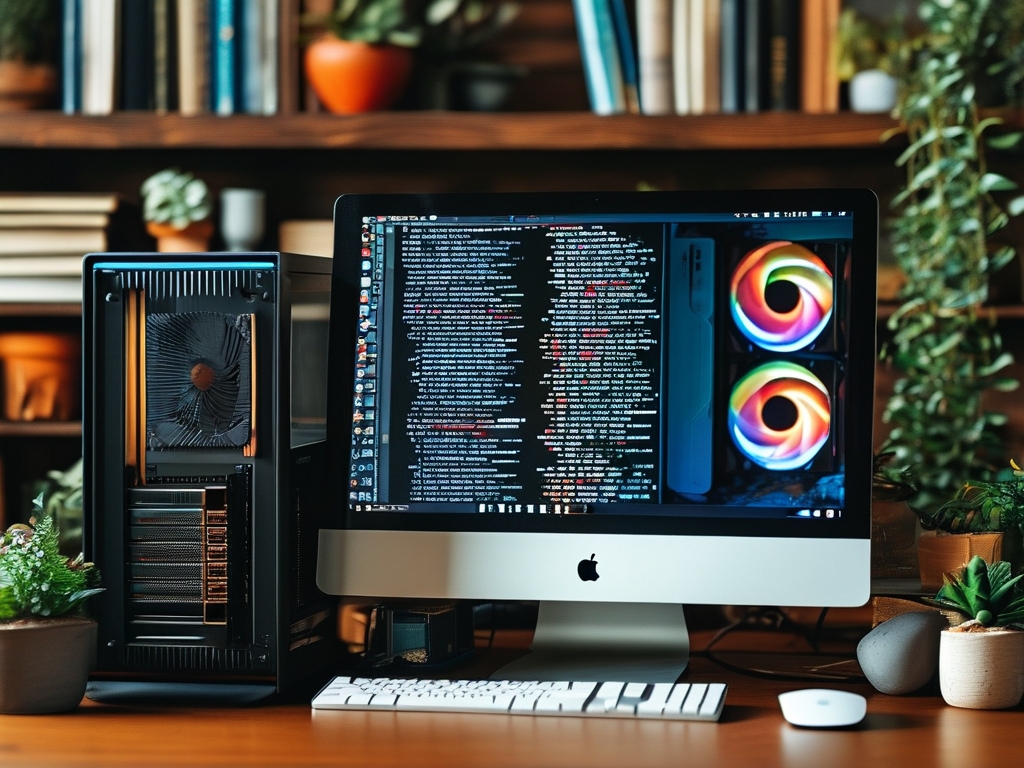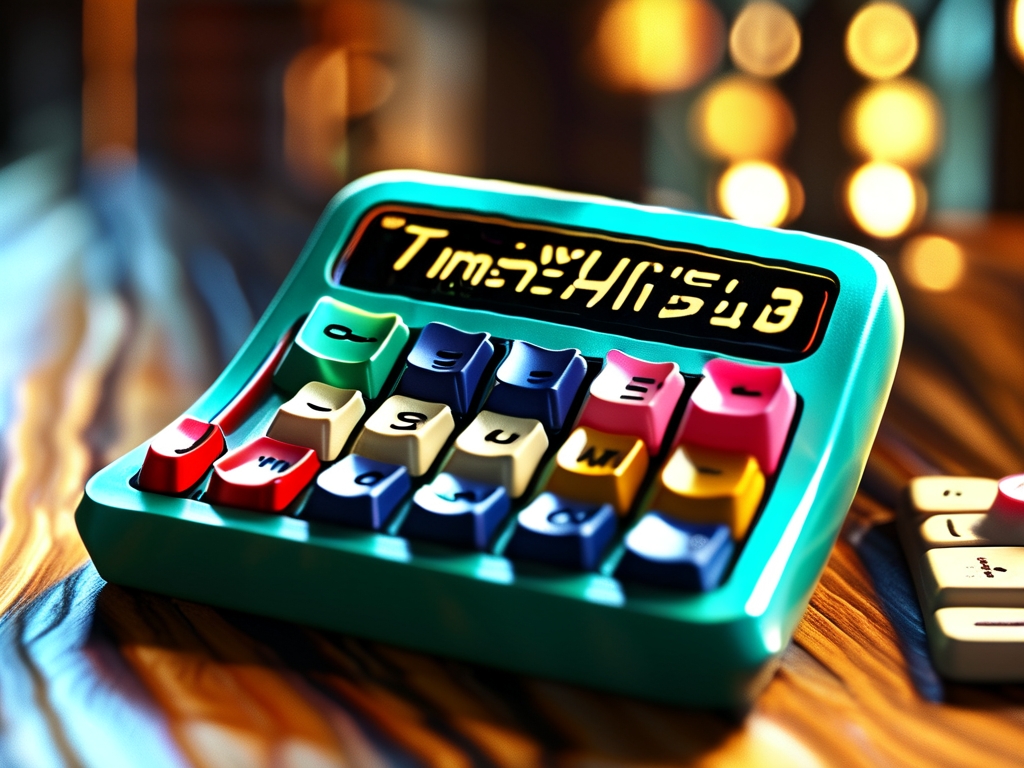When your computer displays a "memory full" warning, it can disrupt productivity and cause frustration. This issue arises when your system’s RAM (Random Access Memory) or storage drive reaches its capacity, affecting performance. Below is a comprehensive guide to diagnosing and resolving this problem effectively.

Understanding the Warning
-
RAM vs. Storage:
- RAM is temporary memory used by active applications. A "memory full" alert here means your system struggles to handle running tasks.
- Storage (e.g., SSD/HDD) refers to permanent data storage. A "disk full" warning indicates insufficient space for files or updates.
Identify which type of memory is causing the issue by checking the warning details or monitoring system resources (e.g., via Task Manager on Windows or Activity Monitor on macOS).
-
Common Causes:
- Too many background applications.
- Large files or cached data consuming space.
- Outdated hardware with limited capacity.
- Memory leaks in software.
Fixing RAM-Related Issues
-
Close Unnecessary Programs:
- Use Task Manager (Ctrl+Shift+Esc on Windows) or Activity Monitor (Cmd+Space > "Activity Monitor" on macOS) to end resource-heavy processes.
- Browser tabs, especially those streaming video or running scripts, often hog RAM.
-
Restart Your Computer:
A reboot clears temporary RAM data and stops memory leaks from problematic apps.
-
Adjust Virtual Memory (Windows):
- Go to Settings > System > About > Advanced system settings > Performance Settings > Advanced > Change.
- Uncheck "Automatically manage paging file" and set a custom size (1.5x your physical RAM).
-
Upgrade RAM:
If alerts persist, consider adding more RAM modules. Check your device’s specifications for compatibility.
Freeing Up Storage Space
-
Delete Unnecessary Files:
- Use built-in tools like Disk Cleanup (Windows) or Storage Management (macOS).
- Remove duplicates, old downloads, and temporary files.
-
Uninstall Unused Apps:
Bloatware and forgotten programs take up significant space. Use Control Panel (Windows) or Launchpad (macOS) to remove them. -
Cloud Storage & External Drives:
Move photos, videos, or documents to services like Google Drive, Dropbox, or an external SSD. -
Clear System and App Caches:
- Windows: Type "%temp%" in the file explorer address bar to delete temporary files.
- macOS: Use apps like CleanMyMac or manually clear ~/Library/Caches.
Advanced Solutions
-
Check for Malware:
Malicious software can secretly consume memory. Run scans with tools like Malwarebytes or Windows Defender. -
Monitor Startup Programs:
Disable auto-launching apps via Task Manager > Startup (Windows) or System Preferences > Users & Groups > Login Items (macOS). -
Reinstall the Operating System:
A clean OS install removes clutter and resets memory allocation. Backup data first!
Preventive Measures
- Regularly audit storage and uninstall unused apps.
- Use lightweight software alternatives (e.g., LibreOffice instead of Microsoft Office for basic tasks).
- Enable automatic system updates to patch memory-related bugs.
When to Seek Professional Help
If the problem persists after troubleshooting, consult a technician to check for hardware failures (e.g., failing RAM modules or a corrupted storage drive).
By following these steps, you can resolve memory warnings and optimize your computer’s performance. Proactive management ensures smoother operation and extends your device’s lifespan.




